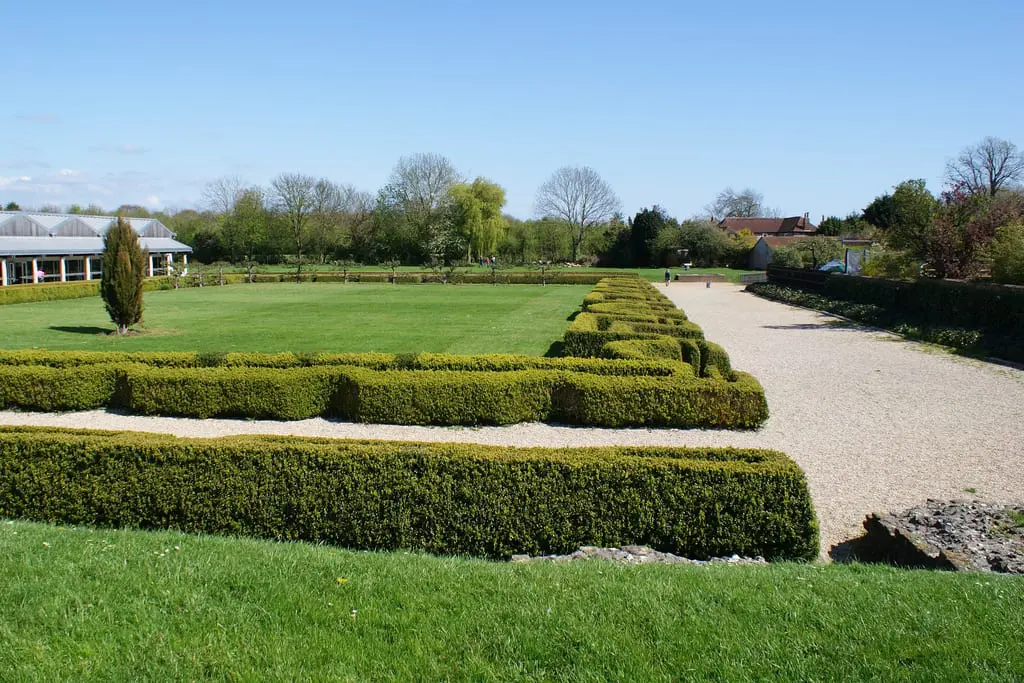Hedges are natural barriers that allow us to have our garden well zoned in an elegant way. In addition, they have the advantage that they can be obtained with a wide variety of plants, whether they are perennial, deciduous, with or without showy flowers, in the sun or in the shade… Now, did you know that there are different types?
One of the most widely used is the formal or geometric hedge . It is the easiest to achieve since having a geometric figure in mind you only have to try to give each of the bushes that shape.
Index
- 1 What is a formal hedge?
- 2 What plants are used to form it?
- 3 What care do you need?
What is a formal hedge?

It is a fence made with trees or shrubs , usually evergreen, with which it is intended to divide the garden or land into different areas or sections . For example, the pool or relaxation area, being the area that most needs privacy, is usually surrounded by tall conifers with dense foliage to avoid unwanted glances. Thus, it is an element that, in addition to being very decorative, fulfills an important function.
What plants are used to form it?
In general, conifers are the most used . Having a medium-type growth, they are very easy to control, but there are others that are also highly recommended. Here is a gallery of photos with which we advise you:Euonymous japonicus, evergreen. It reaches 3 meters in height and withstands frosts of up to -10ºC.Hibiscus rosa sinensis. It has evergreen leaves and reaches 3 meters. It resists up to -2ºC.The Cupressus have evergreen leaves and reach between 5 and 10 meters. They resist frost down to -15ºC.Chamaecyparis pisifera, has evergreen leaves and reaches a height of 10 meters. Frost resistant up to -18ºC.laurus nobilis
What care do you need?
The formal hedge is a very important decorative element in all types of gardens, especially those in which a traditional style is followed. However, it will be useless to plant our hedge if we do not take care of it afterwards, so we are going to see what attention we must provide to be able to enjoy it from the first day:
- Location : of course, outside. It will depend on the needs of each species if we plant it in full sun or semi-shade.
- Distance between plants : usually about 30cm minimum.
- Irrigation : during the summer we will water every 2-3 days, and the rest of the year every 5-6 days.
- Fertilizer : from the beginning of spring to the end of summer with organic fertilizers (click the link for more information).
- Pruning : at the end of winter. We have to cut dry, diseased or weak branches, and those that are out of the design.
Has it been useful to you?
